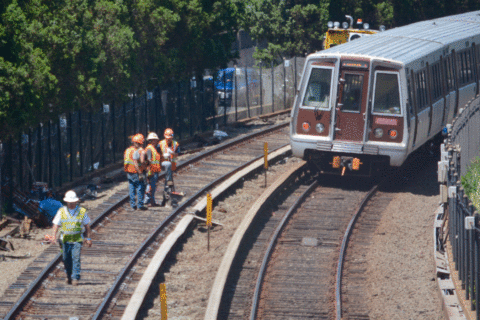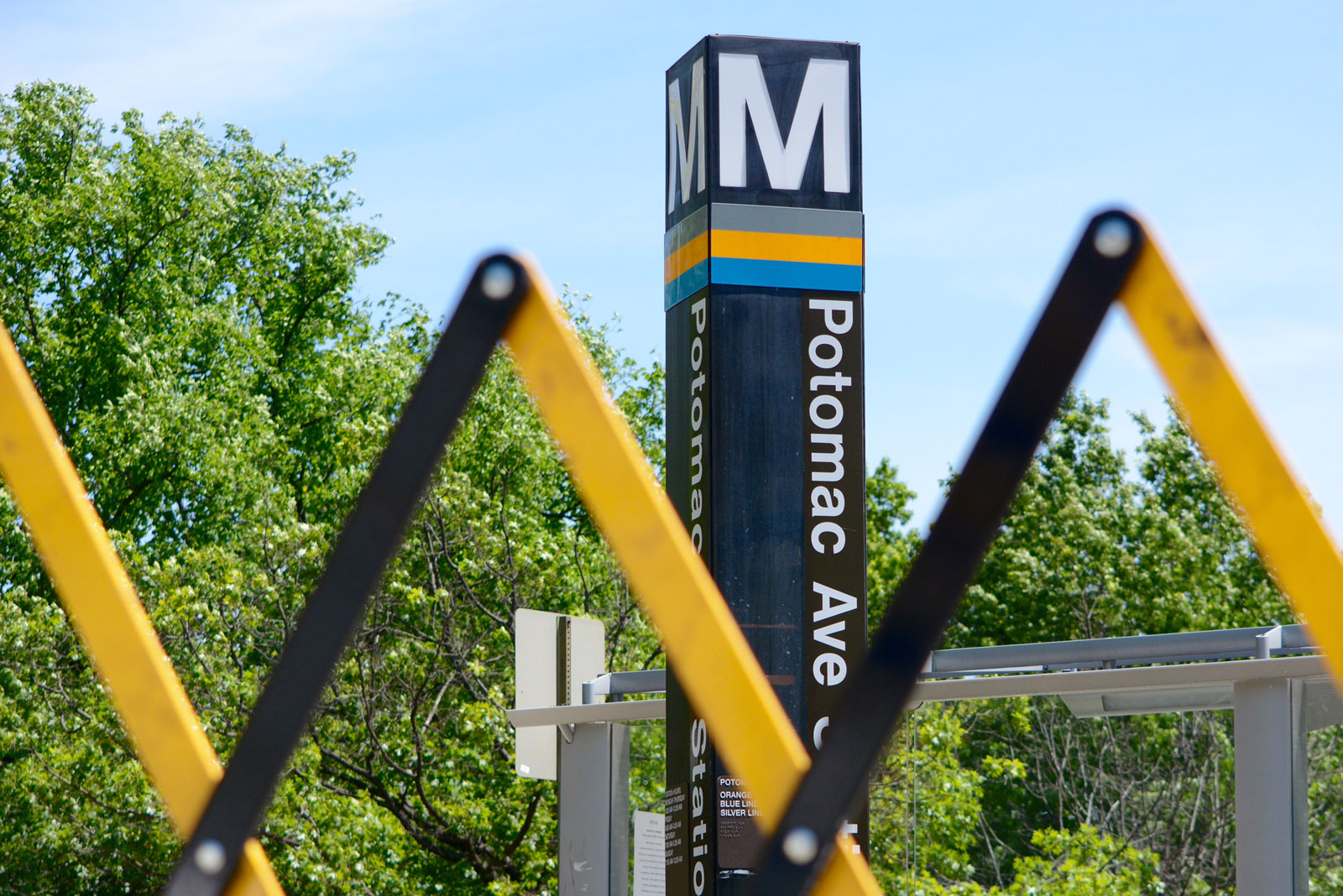WASHINGTON — Even as Metro’s first 24/7 track work zone is set to wrap up, Virginia transportation leaders see commuters continuing to experiment, which means more adjustments are needed to avoid a traffic nightmare.
“This is going to change habits,” said Virginia Transportation Secretary Aubrey Layne.
Ten of the 15 announced 24/7 track work surges through March 2017 involve complete shutdowns, or at least service cuts, in Northern Virginia.
“Our main concern was making sure that we could time the surges at a point in which they would not occur during, for example, construction on I-66 or other major projects,” Virginia Department of Rail and Public Transportation Director Jennifer Mitchell told the Commonwealth Transportation Board this week.
“So in a way it’s good for us to go early, and also during the summer, when traffic tends to be a little bit lighter.”
The first track work zone directly affected the Orange and Silver Lines; the second, from Saturday through July 3, essentially cuts all Blue Line service and reduces train frequencies at rush hour on the Orange and Silver Lines again. Beginning July 5, there are two weeks of complete shutdowns of rail service on the Blue and Yellow Lines around Reagan National Airport.
“We are a little bit of the regional guinea pig in terms of seeing how people are responding,” Mitchell said.
Commuters have apparently been experimenting with shifting schedules, trying new or existing bus options, sticking with Metrorail or hopping in a car, but it will take significantly more people changing their commutes to reduce the dramatic impact of the next phase of work.
“The jury is still out on, long-term, what the impacts will be during the program,” Mitchell said. “We’re working hard with VDOT as well to make sure that we don’t end up with a traffic nightmare in Northern Virginia because of this.”
Layne praised Metro’s efforts to turn things around, but recognized that Metro has far more work ahead than the three years’ worth that General Manager Paul Wiedefeld has said he hopes to get done in one year through this expanded track work program.
“This is 300 days; it’s almost a full [year], 10 months of intensive [work], and I suspect it’ll go longer than that, and that’s assuming that all the stars line up in that,” Layne said.
The 15 scheduled “surges” run through March 2017. During that time, Metro is also doing other track work on weeknights, in the middle of the day and on weekends.
Some of those track work zones provide additional time to work on areas that are also affected by longer shutdowns or single-tracking. For example, even after the two-week shutdown from Saturday through July 3, Metro plans to shut down Stadium-Armory and Potomac Avenue stations again over the weekend of Aug. 6 and 7 for additional power cable replacement.
In addition to the round-the-clock shutdown, that August closure will be the fifth weekend shutdown of that stretch this year.







